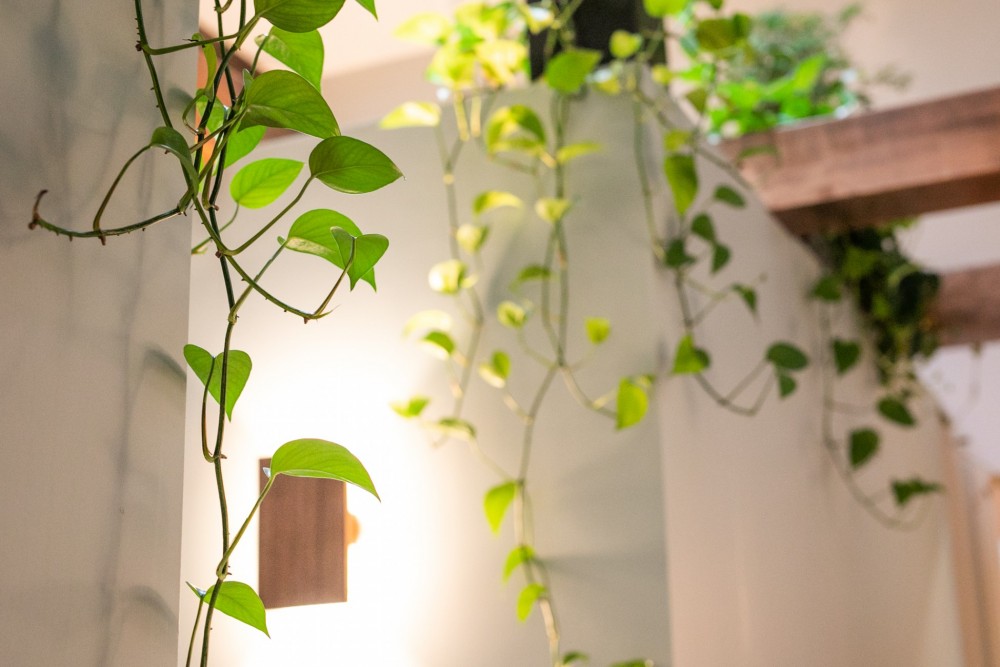Alex Speers ND, MS
Living in Portland, Oregon, where the winters are filled with overcast skies and a steady supply of rain, the use of “happy lights,” also known as bright light therapy, is a common way to help fight the winter blues. Bright light therapy typically involves sitting in front of a light box for 30 minutes every morning for an extended period of time. Light boxes provide 2,500-10,000 lux (a unit of measurement for light intensity); in comparison, a bright sunny day produces around 50,000 lux and indoor lighting provides around 100-500 lux.
Bright light therapy has been studied with success as a treatment for many conditions related to a disrupted circadian rhythm, including seasonal affective disorder, jet-lag syndrome, and shift-work syndrome. It is thought that exposing a person to regular morning light can synchronize their circadian rhythm, which can have a multitude of beneficial effects on the body as a whole. In the world of cancer, two brand new studies have investigated the use of bright light therapy for cancer-related fatigue.
The first study, published this month in the Journal of Clinical Sleep Medicine, randomized 44 cancer survivors suffering from cancer-related fatigue into two groups: a bright light therapy group and a dim light group. The bright light therapy group used a light box every morning for 30 minutes for four weeks, while the dim light group used an identical looking box that emitted less than 50 lux over the same time period. After four weeks, the bright light therapy group had a significant improvement in sleep efficiency (the amount of time spent asleep compared to the amount of time spent in bed) compared to the dim light group.
A similar study, published this past November in the Journal of Cancer Survivors, randomized 81 cancer survivors with cancer-related fatigue to bright light therapy or dim red light therapy over 28 days. At the conclusion of the study period, the bright light therapy group reported a 17% reduction in fatigue. Interestingly, both groups reported significant improvements in various measures of mood, depressive symptoms, quality of life.
Considering its relatively low cost (a high-quality light box costs around $100), ease of use, and lack of significant side effects, bright light therapy is a simple and potentially effective option for patients with cancer who experience fatigue and poor sleep.
Johnson JA, Garland SN, Carlson LE, Savard J, Simpson JSA, Ancoli-Israel S, Campbell TS. Bright light therapy improves cancer-related fatigue in cancer survivors: a randomized controlled trial. J Cancer Surviv. 2017. [Epub ahead of print].
Wu LM, Amidi A, Valdimarsdottir H, Ancoli-Israel S, et al. The effect of systematic light exposure on sleep in a mixed group of fatigued cancer survivors. J Clin Sleep Med. 2017. [Epub ahead of print].
DISCLAIMER: These statements have not been evaluated by the Food and Drug Administration. There are no financial ties to any supplement companies, pharmaceutical companies, or to any of the products mentioned in this post. This post is not meant to treat, cure, prevent, or diagnose conditions or diseases and is meant for educational purposes. As always, please consult your doctor before trying any new treatments or supplements.

